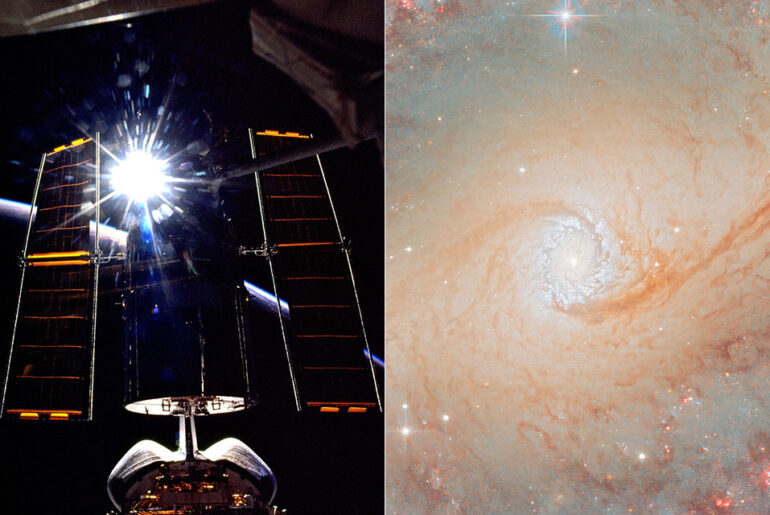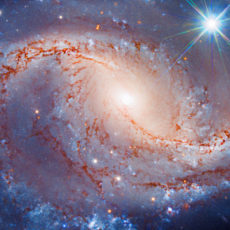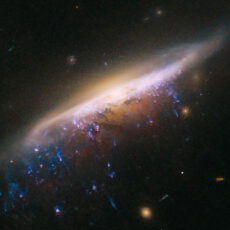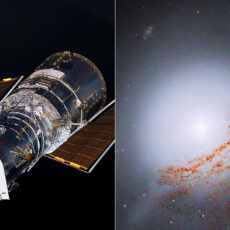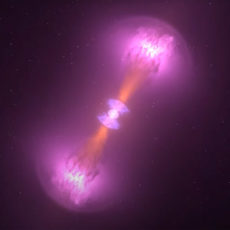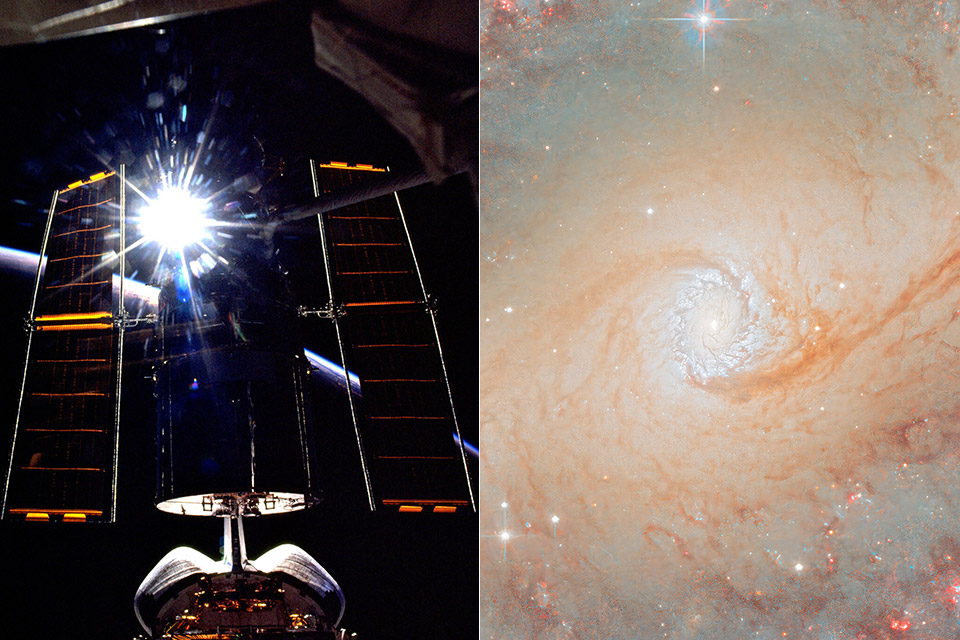
NGC 6951, a spiral galaxy located 70 million light years away in the constellation Cepheus, is not your typical galaxy. This week’s Hubble Space Telescope image is a cosmic beauty, with spiral arms full of ruby-red nebulae, a golden core full of old stars, and a ring where new stars are formed.
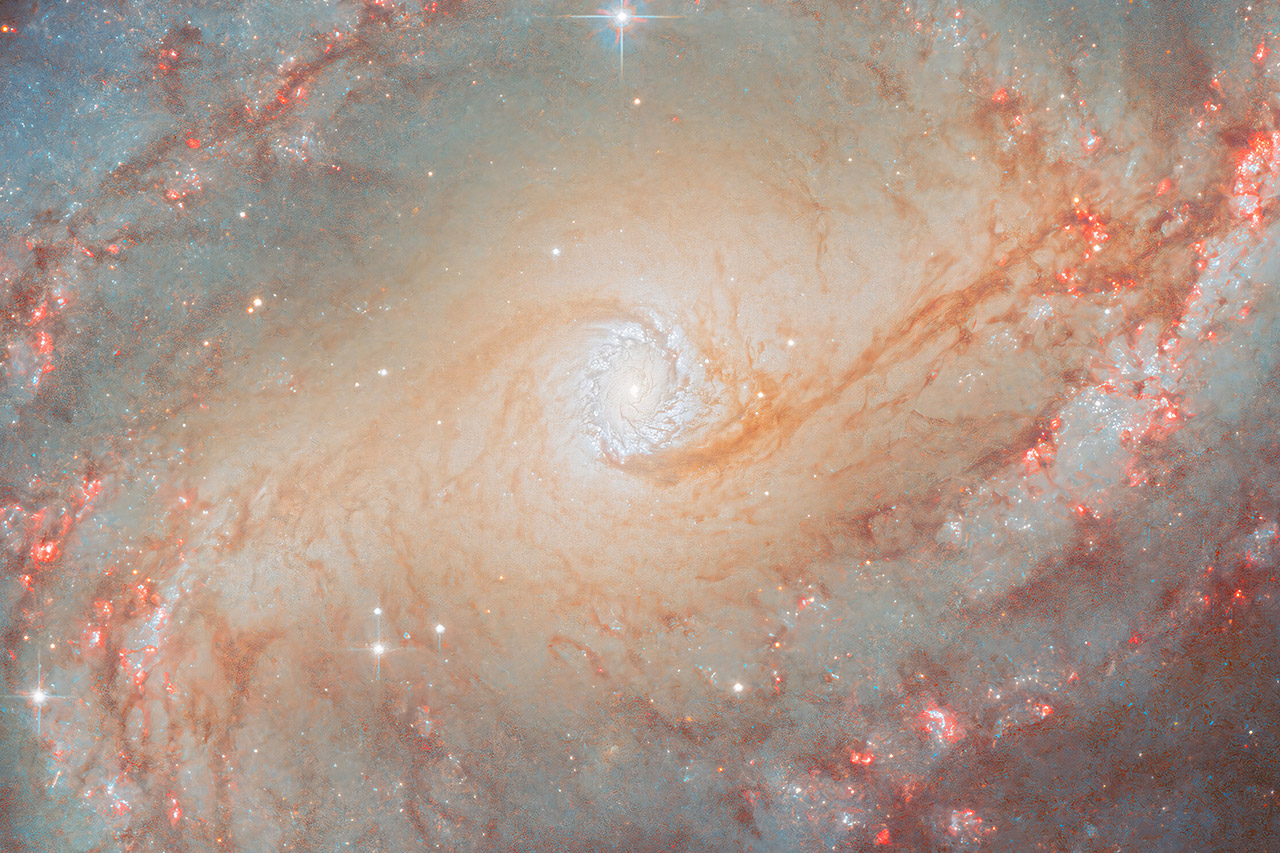
NGC 6951 has massive spiral arms that spin around its center like a cosmic pinwheel. The arms are dynamic, with dazzling blue stars that are hot and young, as well as wispy clouds of dust that follow the contour of the galaxy. They are speckled with red nebulae, which are formed when gas and dust collapse under gravity to form new stars. At its heart is a spectacular display of stars across the galaxy’s core. The bar, which shines with the light of old stars, is a cosmic conveyor belt that channels gas inwards. There’s also a 3,800-light-year-wide circumnuclear starburst ring that is causing stars to burn quickly.
- 2 AVIATION LEGENDS, 1 BUILD – Recreate the iconic Boeing 747 and NASA Space Shuttle Enterprise with the LEGO Icons Shuttle Carrier Aircraft (10360)...
- DEPLOY LANDING GEAR – Turn the dial to extend the massive 18-wheel landing system on your airplane model, just like real flight operations
- AUTHENTIC FEATURES & DETAILS – Remove the tail cone, engines, and landing gear from the NASA shuttle and stow them in the cargo bay during flight
Inside the ring, things become even more intense. Astronomers reviewing Hubble data discovered more than 80 potential star clusters, many of which are less than 100 million years old. That’s a blink in cosmic time, but the ring has remained stable for up to 1.5 billion years. Two dark dust lanes parallel to the bar show where gas enters the ring, driving the star-forming frenzy. The bar, dust lanes, and ring work together to keep the core alive with new energy.
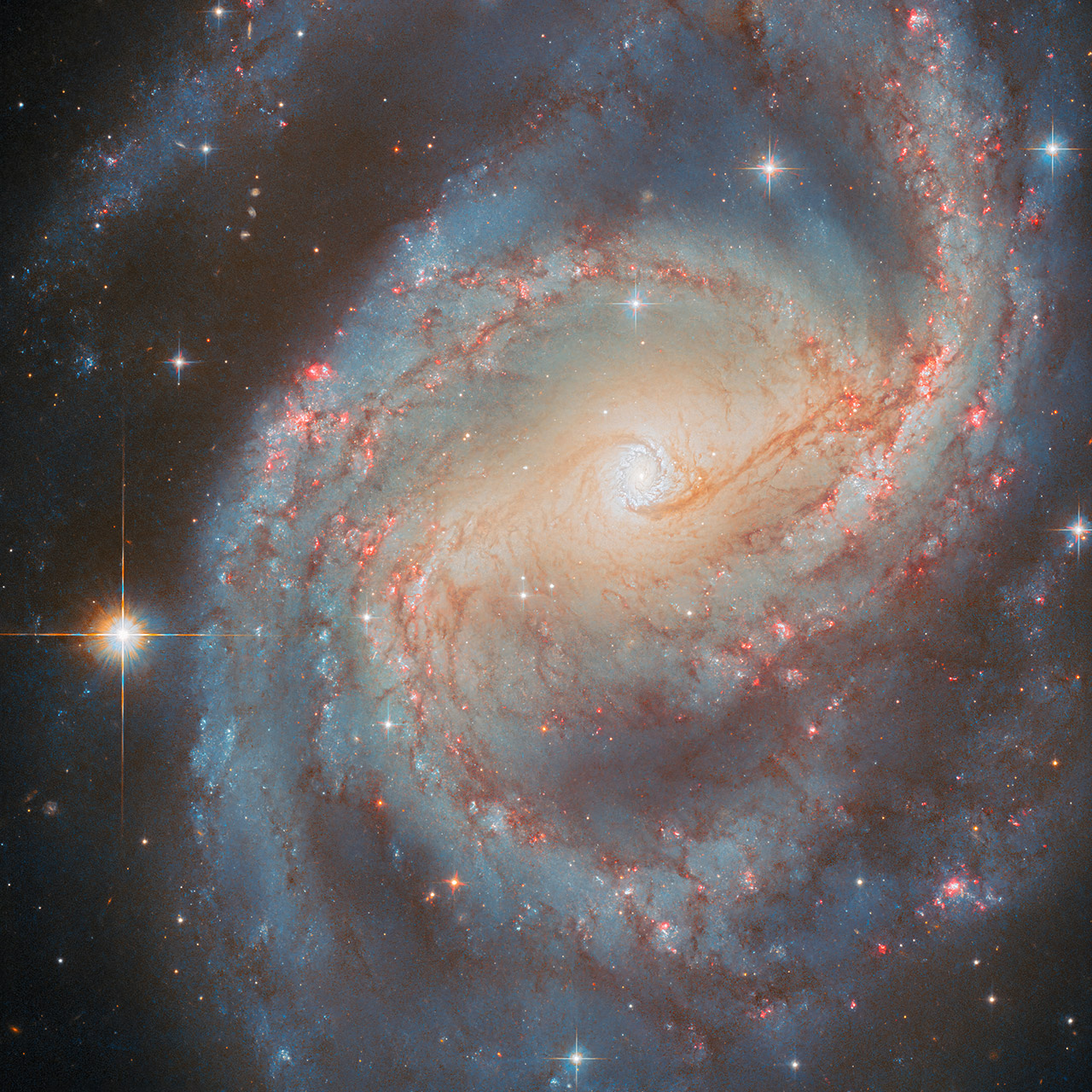
Hubble has spent years investigating NGC 6951, from its dust patterns to its core dynamics. It is also a supernova hotspot, having exploded five or six times in the recent several decades. Each supernova is the final act of a massive star, and NGC 6951’s consistent fireworks make it an ideal target for researchers investigating these cosmic occurrences. The bar and starburst ring will also help to create the dense circumstances that allow massive stars to be formed – and die – in a spectacular display.
The image is a technical wonder, as Hubble’s ACS captured NGC 6951 at many wavelengths, including optical at 555 nanometers and near-infrared at 814 nanometers. These filters combine the galaxy’s stars, gas, and dust to create a scientific and aesthetically pleasing composite.

